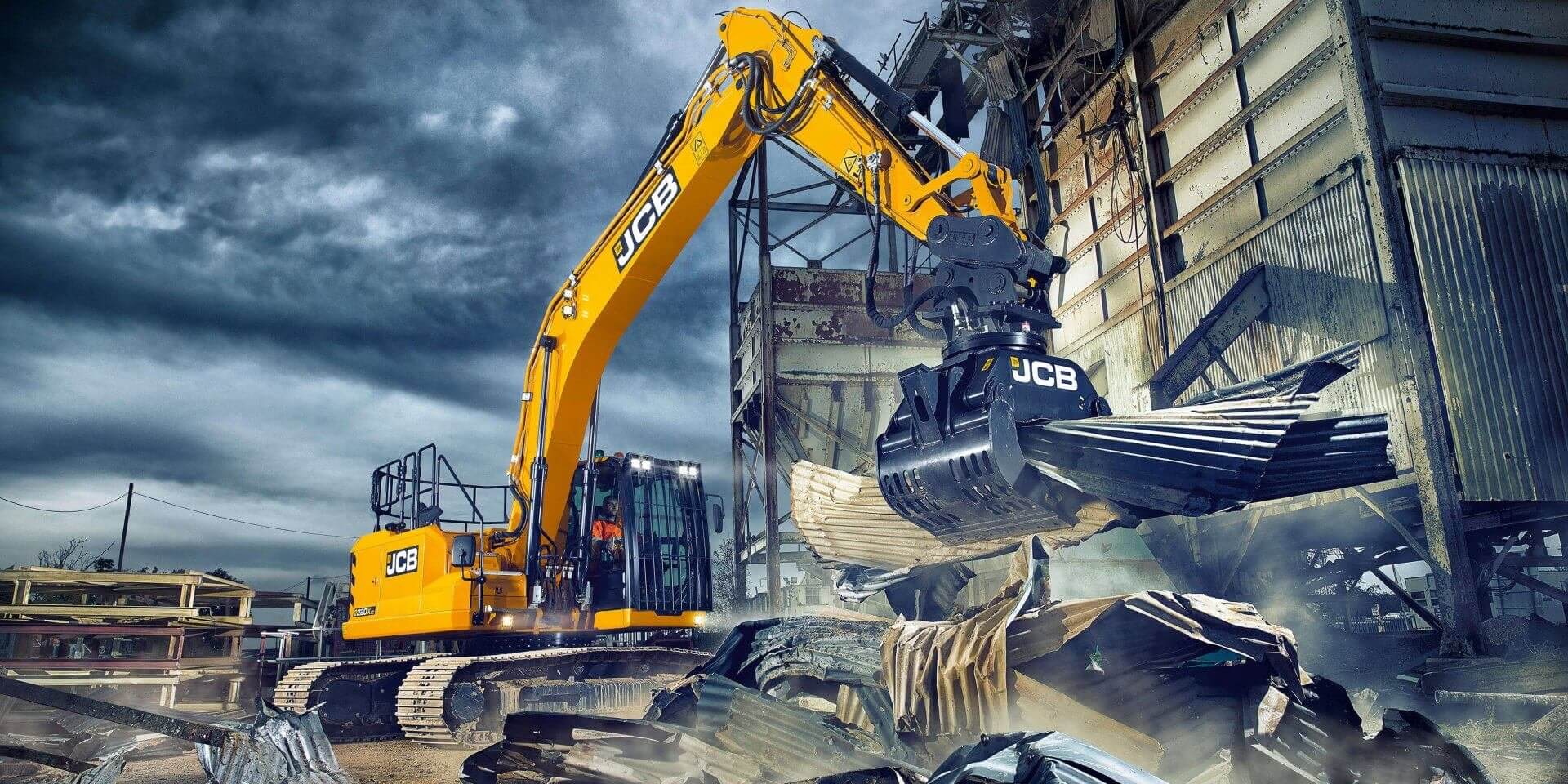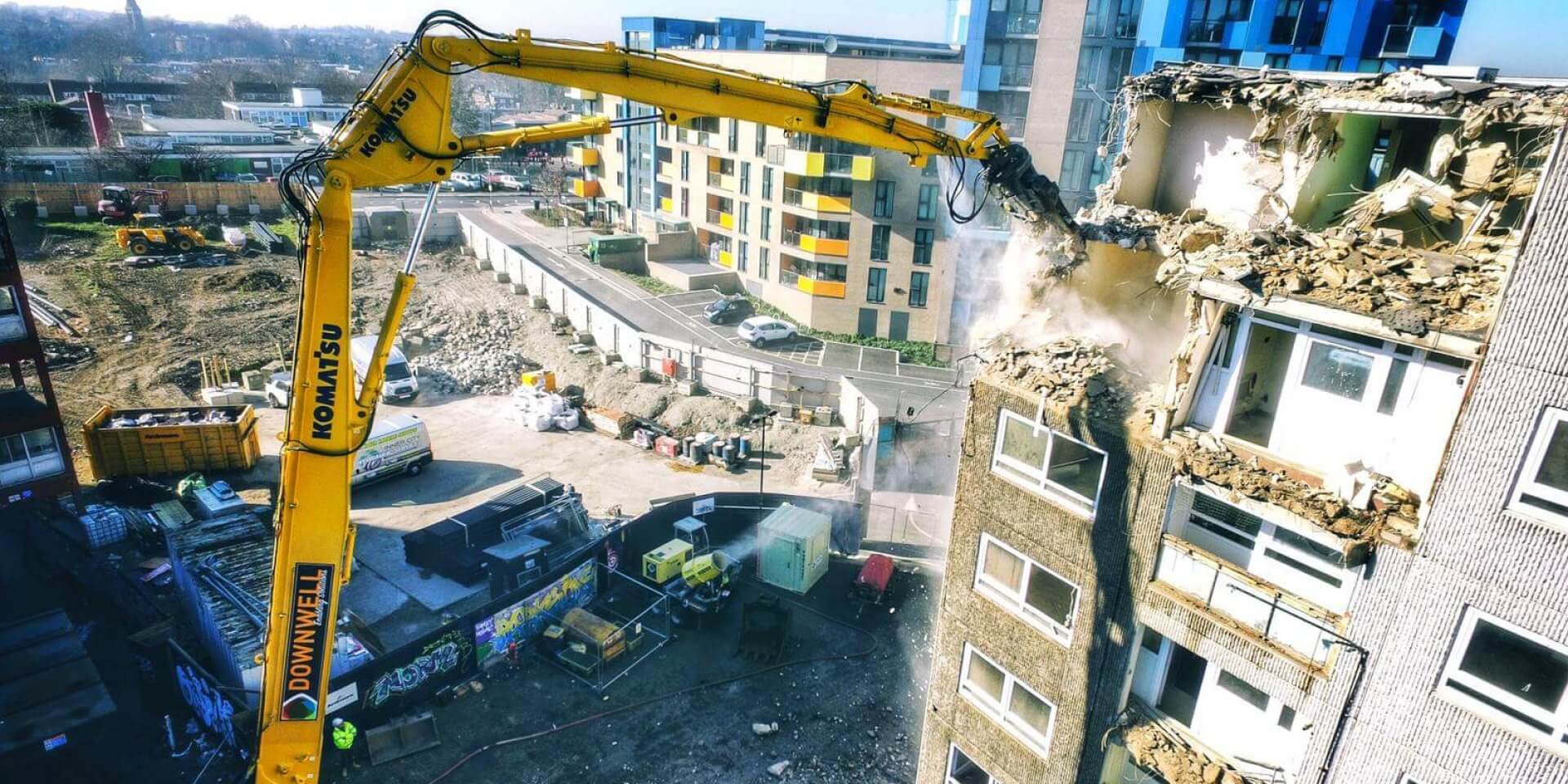Canadian town of Asbestos seeks to attract tourists.
Our good friends over at Spectra Analysis alerted us to this story from the weekend’s Guardian newspaper here in the UK about a Canadian mining town that is hoping to attract tourists to a significant local landmark…and asbestos mine.
Asbestos (population 5,000) is the spiritual home of a substance banned across most of the western world. Recently it has come under fire for exporting the cancer-causing mineral to developing countries, such as India and China.
The town believes its eponymous export has been unfairly demonised. It may have a major public relations problem, but isn’t going to let this get in the way of its plans to offer healthy living and adventure activities to tourists.
Alain Roy, a local councillor, describes global medical consensus on asbestos health risks as “de la bullshit”. The townsfolk are proud of their heritage, he says. “We would be happy to welcome tourists to tell them the truth about who we are.”
At 2 km wide, the Jeffrey mine is almost as big as the surrounding town – a vast, graduated lunar landscape that developers plan to turn into an adventure-lovers’ paradise, with tracks designed for all-terrain vehicles and bicycles. The project has already been road-tested. Rock climbing may be a possibility.
“It’s like a great big sand pit, a gigantic playground!” says Marc Cantin, a coordinator at the local tourist board.
You can read the full story here or perhaps you’d prefer to suggest towns or cities with which Asbestos might be twinned using the Comments tab below.





 Our good friends at the
Our good friends at the  Take a good look at this photo; all looks to be in order right? A pair of high reaches working in perfect unison; support equipment where it should be; exclusion zone and perimeter protection in place.
Take a good look at this photo; all looks to be in order right? A pair of high reaches working in perfect unison; support equipment where it should be; exclusion zone and perimeter protection in place. 
 In recent months, we have covered numerous, deeply worrying stories involving demolition in China including several suicides by protestors attempting to prevent the demolition of their own homes and, more recently, the apparently unlawful killing of another protestor who dared to stand inthe way of “progress”.
In recent months, we have covered numerous, deeply worrying stories involving demolition in China including several suicides by protestors attempting to prevent the demolition of their own homes and, more recently, the apparently unlawful killing of another protestor who dared to stand inthe way of “progress”.